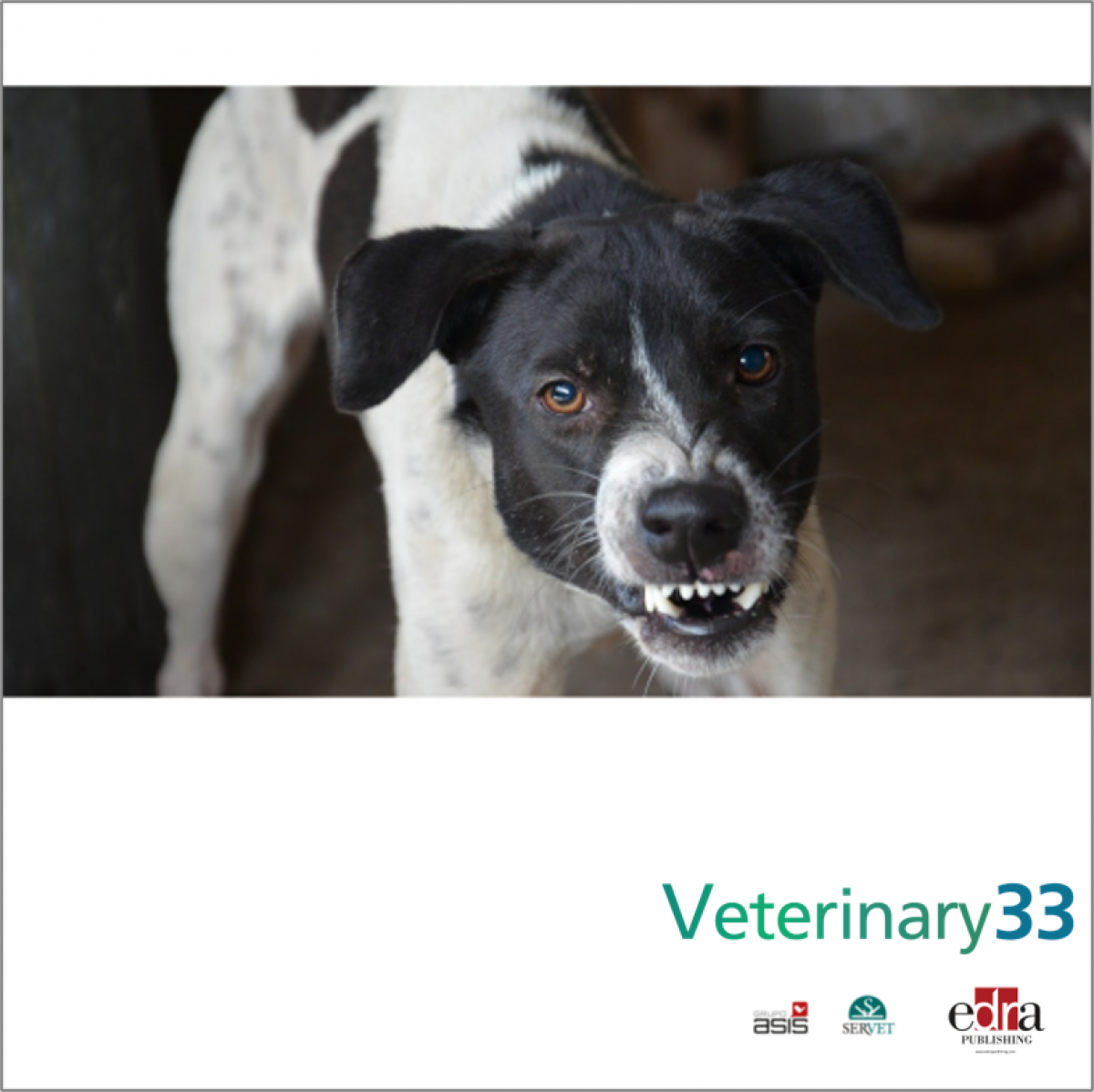Hospital admissions for dog bites tripled in the last 20 years
A study from the University of Liverpool points to the urgent need to address this increasingly prevalent public health problem.
The number of hospital admissions for dog bites tripled in England from 1998 to 2018, according to a new study published in Scientific Reports. The research, carried out at the University of Liverpool, is the largest epidemiological study to date on dog bites and highlights the urgent need to address a growing public health problem.
The researchers looked at the incidence and sociodemographic data of patients admitted to UK National Health Service hospitals for dog bites over a 20-year period and calculated annual direct healthcare costs.
Age groups most affected
At all ages, annual hospital admission rates rose from 6 to 15 per 100,000, which is equivalent to 8,000 admissions in 2018. Children aged 14 and under accounted for a quarter of the figures, but the incidence rate was reduced. kept constant during the study period. However, the rate for adults went from 5 to 15 per 100,000, with the largest increase seen in women aged 35 to 64 years.
The study also breaks down the incidence of bite cases by local authorities and found that disadvantaged neighborhoods and rural areas had the highest rates.
Public health problem on the rise
Lead author John Tulloch, an epidemiologist at the University of Liverpool, said: “Despite constant education and preventive campaigns in much of society, the problem of dog bites continues to grow and is a major health problem. public. Dogs bring great benefits to society, especially in these difficult times when they offer great company. However, working and living with animals can pose a risk of injury. Our study presents only the tip of the iceberg, since it only includes injuries serious enough to require hospital admission ”.
Furthermore, the study emphasizes that breed type legislation is unlikely to solve this problem, as dog bite risk has been shown to be complex and multifactorial.
Finally, the researchers noted that further work is needed on prevention strategies to address the increased incidence in adults.














List
Add
Please enter a comment